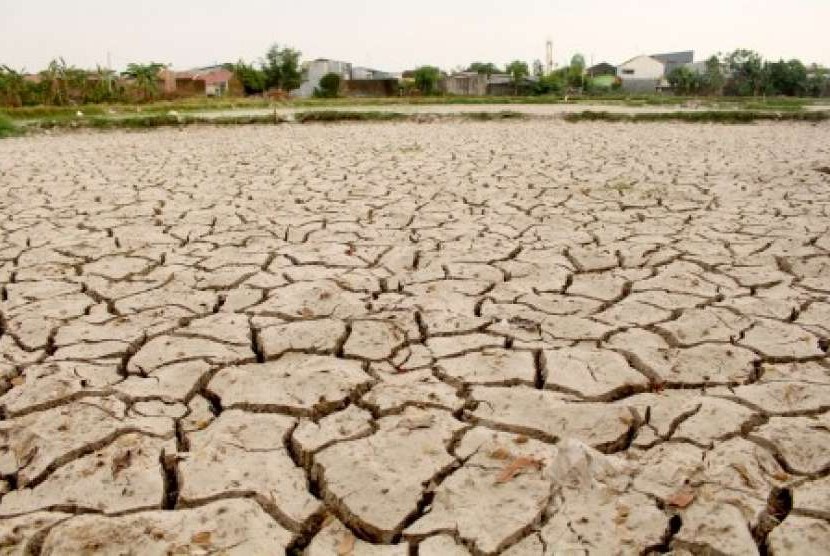Indonesia is one of the countries prone to disasters, including drought. Several provinces in Indonesia experience drought disasters every year and one of them is in East Nusa Tenggara. East Nusa Tenggara has experienced drought since a decade ago with both material and immaterial loss. A total of five regencies and cities in East Nusa Tenggara Province (NTT) are currently in a state of drought emergency. They are East Sumba, South Central Timor, Manggarai, Rote Ndao, and East Flores, and Kupang City. The question is whether this drought can be anticipated early and predicted using data?
A household data survey was conducted in East Nusa Tenggara, Indonesia, in 2018. The dataset consists of 300 responses collected from household surveys conducted in seven districts in East Nusa Tenggara. The survey was conducted over three months (June to August 2018) and was part of a program that assessed the application of the Drought Cycle Management (DCM) model. The sampling design applied to obtain data is a two-level random sampling using stratified random sampling. Sampling was designed to ensure the samples collected represent the target population in the region. The first phase randomly selected seven regencies out of 22 regencies in East Nusa Tenggara. The second phase involved selection of 300 households from the selected regencies. The number of households surveyed in a district is allocated proportionally to the total number of households in the district concerned. Households are chosen randomly from a list of all household names in the selected district. A face-to-face interview using a questionnaire was conducted to collect data. The main target as respondents is the head of the household. However, due to agricultural activities during the day, interviews with household heads were only 198, while 102 other questionnaires, with other household members who had adequate information about the drought adaptation and mitigation strategies applied. Fieldwork was carried out by a team involving trained local surveyors to ensure that respondents understood the questions asked.
The dataset consists of information on household socio-demographic characteristics (e.g. gender, age, marital status, monthly income, education, etc.) as well as problems related to drought, household resources (for example, water sources, household income, agricultural land ownership, etc.), agricultural activities (ie, types of crops and livestock, water sources for crops and livestock management, problems encountered during drought, etc.), knowledge and perceptions about drought including perceptions of weather forecast, experiences with drought (eg, loss of plants and animals) and adaptation strategies, mitigation of the drought effect, perception of future drought and women’s participation in decision making.
Data collected is input in an Excel file. Furthermore, the raw data is corrected by correcting inconsistency. Missing responses are purged from the data. Descriptive statistics were done using the Statistical Package for Social Sciences (SPSS) software.
The data can be useful in understanding household adaptation and mitigation strategies related to drought as part of the Drought Cycle Management model. The dataset contributes significantly to capturing information about household needs related to weather forecasts or seasons, as well as the factors that influence it. This analysis can support better strategies for policymakers to increase awareness, as well as acceptance of household predictions. The dataset contains key variables for predicting the effects of drought related to socio-demographic characteristics and drought perception. This data can be used as a basis for formulating strategies to minimize the risks of drought. The dataset captures information about livestock and plant management during periods of drought and loss of crops and animals. This data can also be used to formulate policy recommendations regarding best management to minimize the risk of crop and animal loss.
Author: Ferry Efendi, Ph.D.
Details of this research can be viewed here:
https://www.sciencedirect.com/science/article/pii/S2352340919302951?via%3Dihub
Kuswanto, H., Hibatullah, F., Soedjono, E. S., & Efendi, F. (2019). Survey data of household perceptions of drought, mitigation and adaptation practices in East Nusa Tenggara, Indonesia. Data in brief, 24, 103944.https://doi.org/10.1016/j.dib.2019.103944









